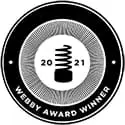Your Values & Disability, featuring Rebecca Cokley, Center for American Progress

Transcript
[Rebecca Cokley, a white woman who is a second-generation little person, arrives for an interview in a sparsely furnished industrial studio. She is wearing a purple dress and black blazer.]
REBECCA COKLEY: One in five people in this country is a person with a disability. It’s interesting to walk down the street and count off every five people that you see—that’s one of my people, that’s one of my people, there’s another one of my people—and to realize how broad the definition of disability is. There is not a civil rights issue today, there is not a community, there is not a demographic, there is not an issue impacting marginalized communities that does not have a disproportionate impact on the 57 million people with disabilities in this country.
[on-screen graphic: Living Your Values & Disability]
COKLEY: My name is Rebecca Cokley. I welcome you to join us, to be truly inclusive and center the voices of marginalized people with disabilities.
Here would be a couple of my suggestions about how to live your values. Hiring people with disabilities in roles that are not just disability specific. People are policy. It really matters who’s at the table, and when you have a diversity of thought at the table—when you have a group of people that represent as wide a definition of the American experience as you can—it changes things.
Ensuring that as you’re doing events and activities, that you’re including statements around accessibility and who to contact for reasonable accommodations at your events. Making sure that you plan events at accessible locations. One of the things I continue to hear is that people are like, well, disabled people never come to our events. Well, if there’s four steps and no elevator, we’re not going to come. Or if you don’t have a sign language interpreter, we’re not going to come.
Including us in your imaging, you know, on your website. There’s a lot of potential around communication strategies and branding that could have a significant role in increasing the inclusion of people with disabilities across the board. And it really is about moving beyond just the traditional images of people with physical disabilities. The real key is talking to folks and asking, “What accommodations does your community use? How do we reflect that?”
This is not a call-out. This is a call-in. It definitely is about saying specifically, “As we’re doing social justice work, how is disability included?”
[on-screen graphic: There Is No Justice without Disability]
Accessibility Statement
- All videos produced by the Ford Foundation since 2020 include captions and downloadable transcripts. For videos where visuals require additional understanding, we offer audio-described versions.
- We are continuing to make videos produced prior to 2020 accessible.
- Videos from third-party sources (those not produced by the Ford Foundation) may not have captions, accessible transcripts, or audio descriptions.
- To improve accessibility beyond our site, we’ve created a free video accessibility WordPress plug-in.
Rebecca Cokley, director of the Disability Justice Initiative at the Center for American Progress, a Ford grantee, shares some key steps any organization can take to become more inclusive.
“It is about saying specifically, ‘As we’re doing social justice work, how is disability included?’”
In the United States, one in five people has a disability. People with disabilities are a part of every community yet are often multiply marginalized.
Disability justice is about centering the voices of historically excluded people with disabilities in every aspect of work, including internal decisions and organizational policies.
Rebecca reminds us that “people are policy” and gives suggestions on how we can “live our values” by making hiring and communications accessible and inclusive.
Resources
Interested in learning more about how to create a truly inclusive organization? Check out these helpful resources from our grantees and partner organizations.
- Explore these guides on best practices for inclusive employment, and these practical resources on how to make meetings and events more inclusive, collated by the Presidents’ Council on Disability Inclusion in Philanthropy.
- Read the report, Advancing Economic Security for People with Disabilities, from the Center for American Progress.
- Learn about Best Practices for Employment from the National Organization on Disability.
- Find out more about accessible communications from Rooted in Rights.
This piece is part of Disability Demands Justice, a dynamic, ever-evolving hub to deepen our understanding of how disability intersects with social justice.
Explore the stories
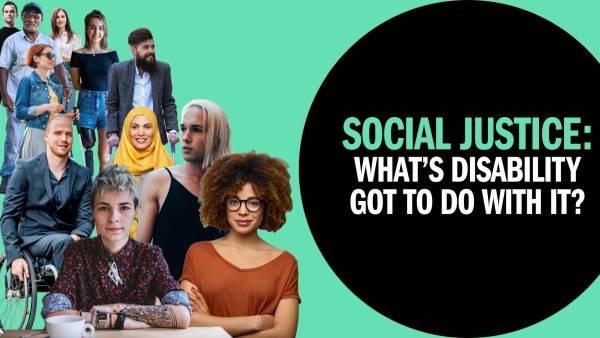
Social Justice: What’s disability got to do with it?
A society cannot be truly just without including people with disabilities and taking an intersectional approach towards tackling discrimination. This starts with inclusive leadership, where people with disabilities are invited into discussions and lead the way in advocating for inclusive, equitable spaces.
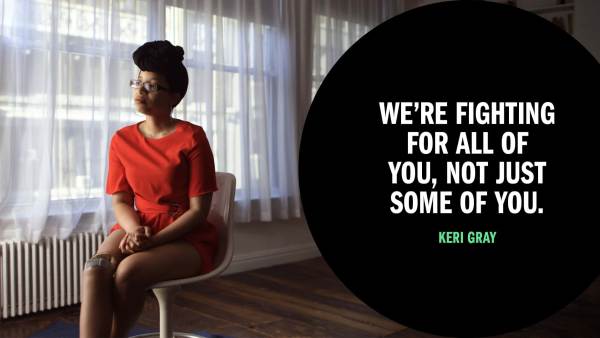
Intersectionality & Disability, featuring Keri Gray, the Keri Gray Group
Around the globe, people living with disabilities experience inequality in all its forms. Understanding intersectionality is essential to true inclusion. By centering those most marginalized and taking an intersectional approach in designing solutions, we can advance justice for all.
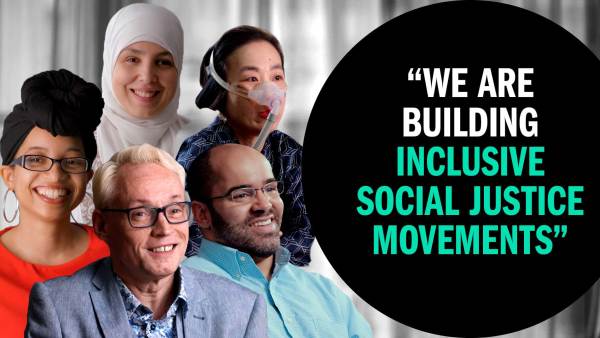
There is no justice without disability
Over one billion people in the world are living with a disability. We need to expand our definition of justice. To create a truly inclusive world, we need to recognize how disability intersects with issues of social justice. Racial justice, economic justice, and gender justice cannot exist without disability justice.
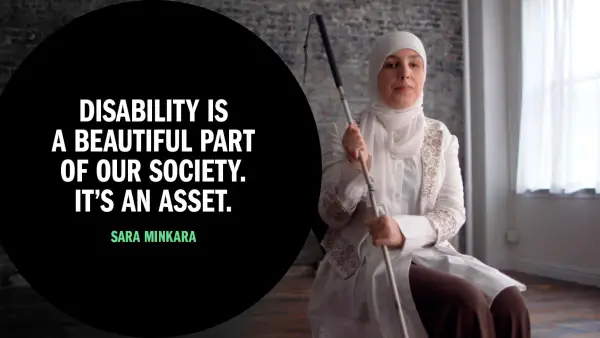
Disability Is an Asset, featuring Sara Minkara, Empowerment Through Integration
People with disabilities are the world’s largest marginalized population. Challenging discriminatory narratives and systems can help the disability community build power and create a more inclusive world, by contributing value across all sectors. Building a more inclusive world benefits everyone.
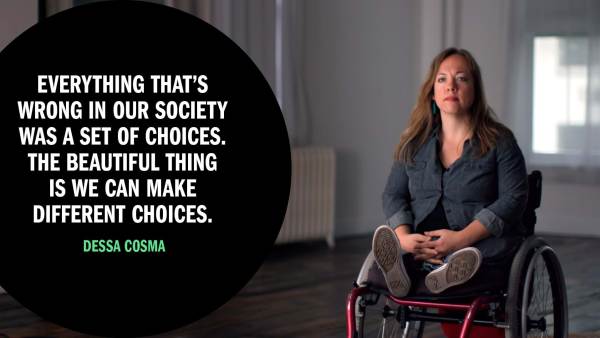
Economic Justice & Disability, featuring Dessa Cosma, Detroit Disability Power
Disability inclusion needs to be included in the fight for economic justice. Barriers to education and employment keep people with disabilities living in poverty. Ending poverty means addressing the drivers of economic inequality and reimagining the future of work.
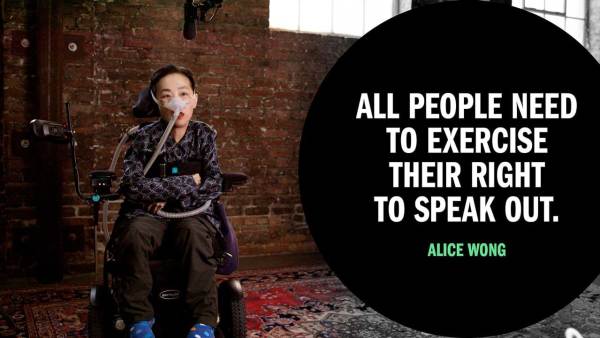
Political Participation & Disability, featuring Alice Wong
The right to vote is a fundamental part of building a thriving democracy in which all citizens can become active, engaged participants. People with disabilities face obstacles to political participation that need to be addressed in the journey to inclusion.
